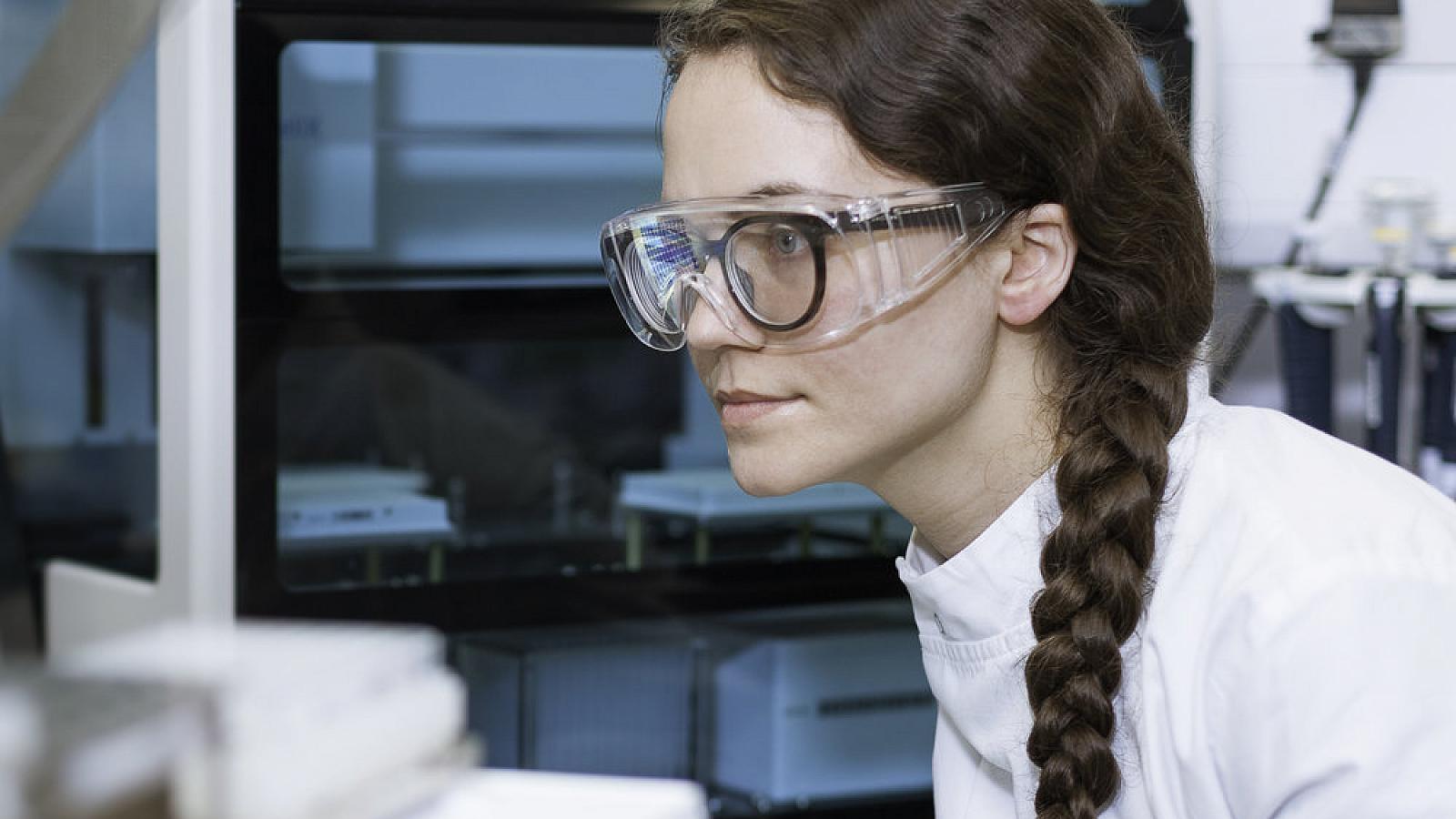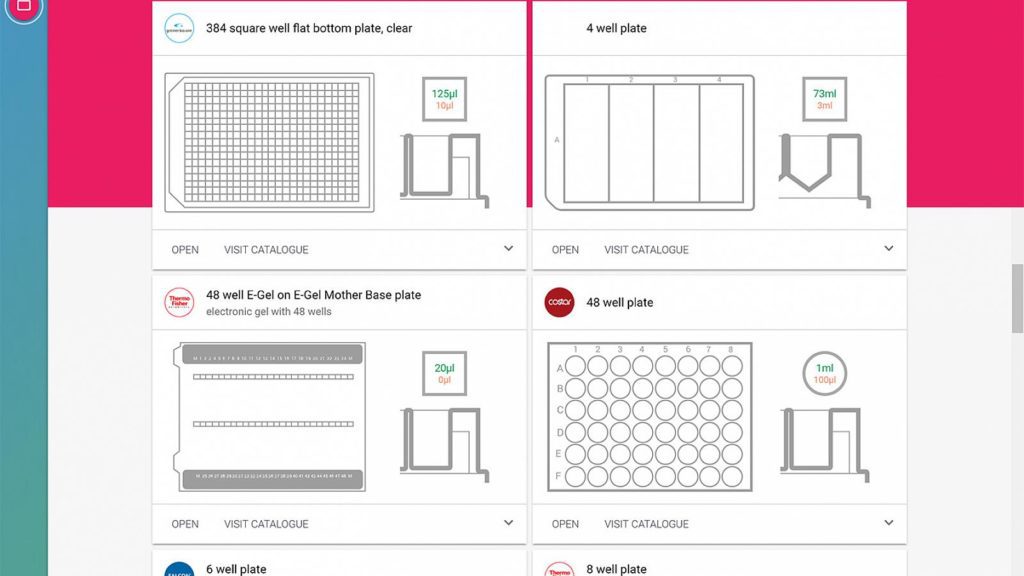
For My Startup this week, we are looking at Synthace, who believe their software platform, Antha, gives biologists sophisticated, flexible and integrated control over lab hardware.
Antha, a software platform for biology, allows scientists to visually design, execute and analyse their biological workflows.
Founder: Sean Ward
Founded: January 2011
Website: synthace.com
We spoke to Sean to find out more.

Why did you start Synthace?
I originally founded Synthace as a synthetic biology company, taking advantage of the exponential improvements in DNA synthesis and sequencing to engineer microorganisms to efficiently produce biological products such as high-value enzymes and chemicals.
To do that, we had to develop a new way of working which was powered by lab robots and software.
Unpicking the complex interactions between genetics and environment was impossible to do by hand.
However, after building that technology, Antha, it became clear that we should turn it into a product that enables people working across life sciences to have access to that powerful way of working.
Tell us more about (the tech behind) the product?
At the core of Antha is a high level language, similar to a computer programming language, that captures the complicated physical processes required to perform a biological experiment or manufacturing process.
It also guides a scientist through thinking about all the variables that can influence the process, such as temperature, timings, physical ingredients, and helps them build formal models that begin to explain how all those factors interact.
Lastly, the programme manages the lab operating system, which directly controls the equipment in the lab that carries out the experiment.

Where are you at right now?
We have always had our own lab where we have used the Antha technology to deliver scientific and commercial outcomes since 2014.
Beyond our internal proof on the effectiveness of the technology, we also successfully turned Antha into a basic product for major reference customers such as DOW AgroSciences in 2017.
We’re rapidly scaling our product, especially after our recent $25.6M series B financing investment.
That means scaling all parts of our business, from engineering to our lab science team, to sales and marketing, as we increase the breadth of experiments and equipment that Antha can effectively handle.
What are your aims for the next year?
While we have built what is rapidly becoming a general purpose solution for accelerating science, we are still constrained by how fast we can integrate new hardware, and how quickly our lab team can expand our standard library of validated off the shelf working practices.
This coming year, we are primarily focused on the cell and gene therapy market, working with key reference customers like Oxford Biomedica.
They are a great customer base, as they are tackling one of the hardest technical challenges in pharma, delivering cures to genetic disease and certain cancers – there is no existing solution like Antha in the market to help them achieve their goals.
What’s been the hardest thing about getting Synthace and Antha off the ground?
Culture, first internal to Synthace, and then more broadly across the life science industry.
We have had to first help bridge the divide between technology and biology internally at Synthace, with biologists and programmers working side by side, and are now working to help other organisations make a similar change.
We have also worked hard to build a product which can be used at different levels of power by many types of users, from bench scientists without programming backgrounds, all the way up to bioinformaticians or computer programmers who purely want to engage with our underlying language.
This type of transition has happened to many other industries. We are simply lucky enough to be ahead of the curve on the inevitable transformation of the life sciences.
Why should more people be using the software?
The simplest benefit is productivity: a scientist powered by Antha has been able to do more science in a week than they had previously been able to in a year.
This is because we make automation, previously the domain only of automation engineers, usable for the average scientist.
We simply enable better science by allowing far more ambitious questions to be asked which are absolutely key to understanding complex systems.
Lastly, we provide traceability and a clear capture of the information associated with an experiment for free, since our OS talks directly to the hardware carrying out the experiment.
This is key to understanding why a scientist got the result they observed, and also for regulated applications such as driving the manufacture of next-generation personalized medicines.

How much will it cost users? – and why is it worth the investment?
Antha has two primary costs: learning curve and our actual license fees.
Our licenses are proportionate to the existing service contracts paid simply to maintain high precision scientific instruments.
The learning curve is a price that pays dividends across the board for a scientist, as they begin to become proficient at looking at biological problems in a more integrative manner, begin to understand the basics of data science, and begin to learn how to think about problems using all the tools, such as machine learning, needed to build true insight into complex systems.







